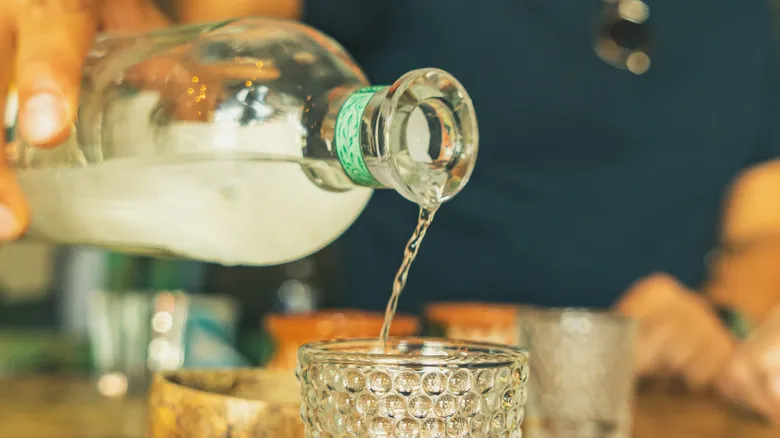How tequila is produced
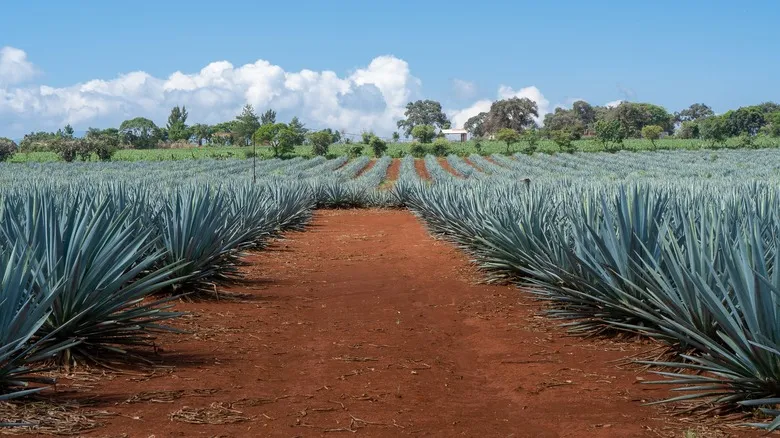
To produce tequila and mezcal, manufacturers utilize the piña of the agave plant, which is the large, fibrous core located beneath the leaves. This part of the plant resembles a pineapple and can weigh over 100 pounds. The Blue Weber piña contains a higher sugar content, which contributes to tequila's slightly sweeter taste compared to mezcal. However, mezcal can vary significantly since it can be crafted from a broader range of agave species, each offering unique flavors.
In the tequila-making process, the piña is steamed in a brick oven before being juiced (typically, it is crushed or shredded first to maximize liquid extraction), and the extracted liquid is allowed to ferment. After fermentation, tequila can either be bottled immediately or aged for two months. This younger tequila, known as tequila joven or blanco, is usually clear and has a sharper taste. If aged longer, it falls into different categories: tequila reposado is aged for two months to a year, tequila añejo for over a year, and extra añejo for three years or more. The longer-aged varieties take on a darker hue and develop a smoother, woodier flavor from the barrels in which they mature. While the aged tequilas are often enjoyed neat, clear tequila is typically used in cocktails and shots.
How mezcal is produced
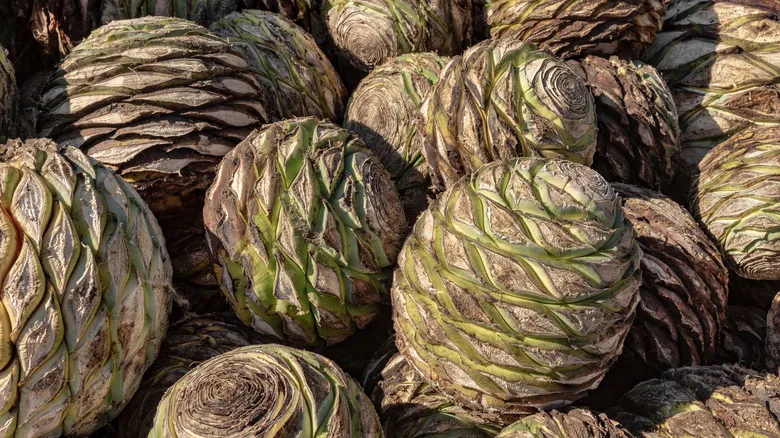
To create mezcal, the piña of the agave plant is roasted in an underground pit heated by fire, rather than being steamed. The fire can be fueled by aromatic woods, which impart a smoky flavor early in the process. After roasting, the juice and fibers are extracted from the piña, combined with water, and allowed to ferment for several days. This fermentation is then distilled to decrease the water content and increase the alcohol concentration.
Mezcal can be aged in a manner similar to tequila, adhering to the same classification system. However, aged mezcal is less common than its tequila counterpart. While it can mature in wooden barrels, many purists advocate for aging it exclusively in glass. Mezcal aged in this manner will be labeled as madurado en vidrio, meaning "aged in glass."
Since mezcal can be produced from around 40 different types of agave plants, it is challenging to define its flavor profile succinctly. Some agaves yield a sweeter mezcal, while others produce a more mineral taste; however, mezcal is generally recognized as being earthier and smokier than tequila. Although mezcal has gained popularity in cocktails in recent years, it is traditionally enjoyed neat, often accompanied by orange slices and sal de gusano (worm salt) on the side.
Recommended
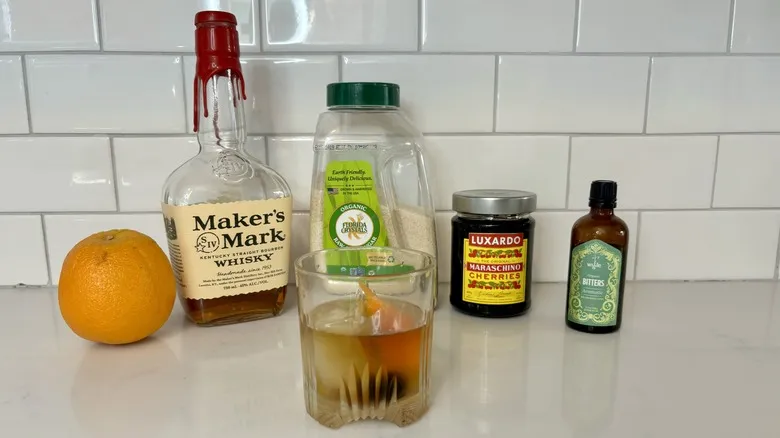
How To Make The Best Old-Fashioned You've Ever Had

Paczki Donuts Are Like If Krispy Kreme Used Vodka

What It Means If Your Beer Is 'Lightstruck'
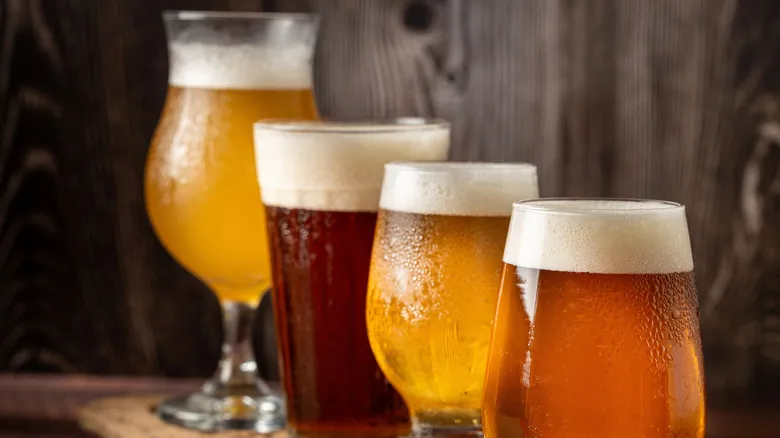
What Gives Sour Beers Their Punchy Flavor?
Next up

